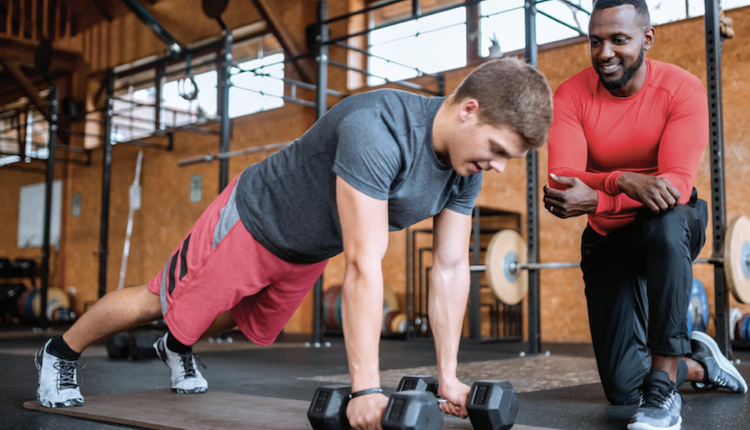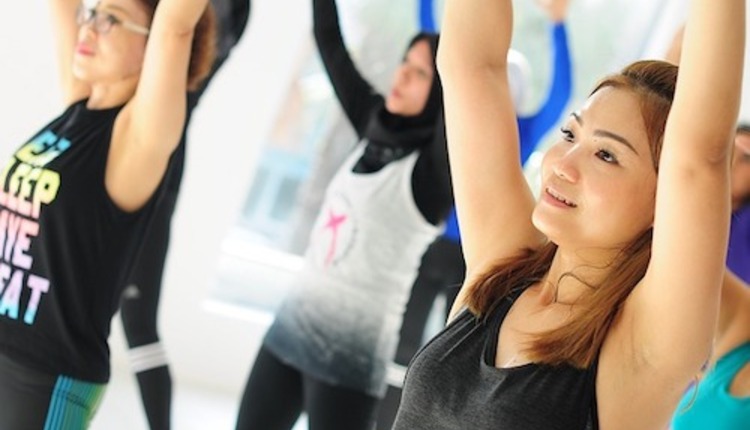As part of an ongoing effort to reduce the number of heat-related athletic injuries in secondary schools, today at its 60th annual meeting and clinical symposia at the Henry B. Gonzales Convention Center in San Antonio, the National Athletic Trainers’ Association (NATA) released an inter-association task force consensus statement which includes comprehensive recommendations on heat-acclimatization guidelines for secondary school athletics programs. The statement appears in the June 2009 issue of theJournal of Athletic Training, NATA’s scientific publication.
An electronic version of the complete statement is available athttp://www.nata.org/jat/readers/archives/44.3/attr-44-03-332.pdf.
Nearly 7 million high school students nationally participate in sports, with an estimated 715,000 high school sport-related injuries occur each year. If athletes are not properly acclimatized for play and treated properly, they can have chronic if not fatal consequences. With the proliferation of deaths in recent years from heat-related illnesses, this is believed to be the first ever set of high school-specific guidelines published in a scientific journal, and is critical education for student athletes, parents, coaches, athletic trainers, medical professionals and school staff on measures that can reduce the risk of these illnesses.
Athletic trainer Douglas J. Casa, PhD, ATC, FACSM, FNATA, co-chair of the task force and director of athletic training education at the University of Connecticut, revealed that “when an athlete undergoes a proper heat-acclimatization program, the body’s response to exercise and heat is improved, while athletes not following a proper program face measurable risks for heat illness. A proper plan in secondary school athletic programs is essential to minimize these risks.”
According to a presentation given by Francis G. O’Connor, MD, MPH, president-elect of the American Medical Society for Sports Medicine, associate professor at the Uniformed Services University and medical director for the Consortium on Health and Military Performance, “exertional heat stroke is the leading cause of preventable non-traumatic exertional sudden death for young athletes in the U.S., and studies strongly suggest that heat acclimatization appears to be one of the best strategies for reducing the risk of heat illness.”
The 14-Day Heat Acclimatization Period
The heat-acclimatization period is defined as the initial 14 consecutive days of preseason practice for all student athletes. The goal of the acclimatization period is to increase exercise heat tolerance and enhance the ability to exercise safely and effectively in warm and hot conditions. This period should begin on the first day of practice or conditioning, prior to the start of the regular season. Any practices or conditioning conducted before this time should not be considered a part of the heat-acclimatization period.
Regardless of the conditioning program and conditioning status leading up to the first formal practice, all student athletes (including those who arrive at preseason practice after the first day of practice) should follow the 14-day heat-acclimatization plan.
David Csillan, MS, LAT, ATC, co-chair of the task force and an athletic trainer at Ewing High School in Ewing, N.J., knows first-hand the dangers of heat illness in secondary students. According to Csillan, “these recommendations are only minimum standards, based on the best heat-acclimatization evidence available. Following these guidelines provides all secondary school athletes an opportunity to train safely and effectively during the preseason practice period.” He also underscored the importance of a pre-participation medical examination administered by a physician for all student athletes.
George “Iceman” Gervin, a retired San Antonio Spurs player, NBA Hall of Fame recipient and champion of youth education and activities, supported the recommendations and important sports safety education. Gervin has founded a charter school and youth center, among other programs in the local community. “As someone who is committed to helping shape the future of our youth today – on and off the field and court – I applaud NATA and the other participating organizations on this important information. Here in San Antonio, we are making great strides to address youth wellness.”
Other speakers included Paul Saenz, DO, San Antonio Spurs team physician, who addressed the importance of these recommendations for all ages and levels of sport, from amateur to elite. “An integral part of these recommendations is to ensure all athletes are also well hydrated and that appropriate ventilation for indoor workout facilities and gyms are made available,” he said.
Lynn Hickey, director of athletics at the University of Texas San Antonio applauded the guidelines. She reinforced the importance of sports safety in secondary school sports and how vital this information is in college as well. “It is never too early to begin putting these guidelines into effect to ensure good health and safe sports participation.”
Consensus Statement Recommendations
The consensus statement lists seven key recommendations for a 14-day heat-acclimatization period prior to full-scale athletic participation by secondary school students, as follows:
- During the first five days of the heat-acclimatization process, athletes may not participate in more than one practice per day.
- If a practice is interrupted by inclement weather or heat restrictions, the practice should recommence once conditions are deemed safe, but total practice time should not exceed three hours per day.
- A one-hour maximum walk-through is permitted during the first five days of the heat-acclimatization period; however, a three-hour recovery period should be inserted between the practice and walk-through (or vice versa).
- During the first two days of the heat-acclimatization period, in sports requiring helmets or shoulder pads, a helmet should be the only protective equipment permitted (goalies, as in the case of field hockey and related sports, should not wear full protective gear or perform activities that would require protective equipment). During days three through five, only helmets and shoulder pads should be worn. Beginning on day six, all protective equipment may be worn and full contact may begin.
- Beginning no earlier than the sixth day and continuing through the 14th day, double-practice days must be followed by a single-practice day. On single-practice days, one walk-through is permitted, but it must be separated from the practice by at least three hours of continuous rest. When a double-practice day is followed by a rest day, another double-practice day is permitted after the rest day.
- On a double-practice day, neither practice’s duration should exceed three hours total, and student-athletes should not participate in more than five total hours of practice. Warm-up, stretching, cool-down, walkthrough, conditioning and weight-room activities are included as part of the practice time. The two practices should be separated by at least three continuous hours in a cool environment.
- Because the risk of exertional heat illnesses during the pre-season heat-acclimatization period is high, the consensus statement strongly recommends that an athletic trainer be on site before, during, and after all practices.
In addition to NATA, the task force that developed the consensus statement comprises seven other groups, including American College of Sports Medicine, Gatorade Sports Science Institute, National Strength and Conditioning Association, United States Army Research Institute of Environmental Medicine, American Orthopaedic Society for Sports Medicine, American Medical Society for Sports Medicine and American Academy of Pediatrics. For more information, please visit www.nata.org.
Athletic trainers are health care professionals who specialize in the prevention, diagnosis, treatment and rehabilitation of injuries and illnesses. The National Athletic Trainers' Association represents and supports 30,000 members of the athletic training profession. Only 42 percent of high schools have access to athletic trainers. NATA members adhere to a code of ethics. NATA supports the right of all patients to have equal access to the services of athletic trainers through the Athletic Trainers’ Equal Access to Medicare Act (H.R. 1137). Visitwww.nata.org.











